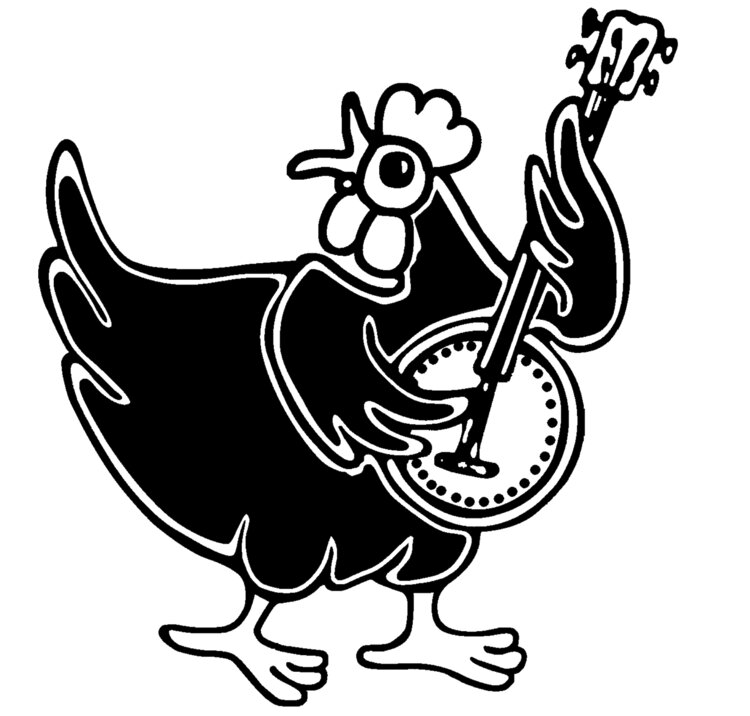The first thing that jumps out from Kat Danser’s new album is how familiar it feels, you’re in the company of someone that knows exactly what they are doing, this isn’t to say there is nothing new here or it feels tired, (there is certainly a knowledge and love for this style of music that sits proudly on top of blues, country, skiffle and rock n roll) but you immediately feel in safe hands.
It’s a ten-track journey through America’s musical heritage with a feeling that you’re either sitting in the back of the tour bus or travelling on a rickety train that eats up the miles while the songs – like the stations – come and go.
It’s no surprise that Kat lives and breathes this style of music, the authenticity in which the songs are presented reflects her knowledge of the genre/s (she has a PhD in Ethnomusicology so to say she knows her stuff would be an understatement). But does knowledge equate to a good record? In this case yes, her vocals lie somewhere between the jazz rasp of Diane Krall and 80’s singer Tanita Tikaram, this isn’t the poppy country voice of Miranda Lambert or Taylor Swift, Kat’s voice has a bass-y, bluesy quality that spring her descriptive, story-teller lyrics into life.
The album plays out like a guided tour of America’s southern states, Kansas and Memphis are mentioned in track names and there is a definite vibe of travel throughout the album. She dips into the sweaty, smoky blues with ease and it’s clear she is trying to recreate the sound and feel of the Delta blues players like Robert Johnson and Skip James but the problem with trying to authentically recreate the feel and sound of a music that is so ingrained into a certain part of the world as it’s people, history and geography is that in keeping that sound if can become limiting in what can be achieved. One step either side from the recognisable sound and you wander off into another genre. One way around this, and what is done so well here, is to bring in very good musicians that can subtly smudge the rule book and breathe new life into the tracks.
A special mention should go to harmonica and sax player Jim Hoke who not only plays some well-fitting harmonica but also some deftly placed sax, it adds a new character to the usual suspects of a blues band.
This album has been spinning around my cd player for a few days and it doesn’t show any sign of being ejected any time soon, so if you want to listen to some grown-up, educated blues and country music that will make your foot move and possibly make you think about a trip to America’s deep south then you could do much worse than giving this a try.
